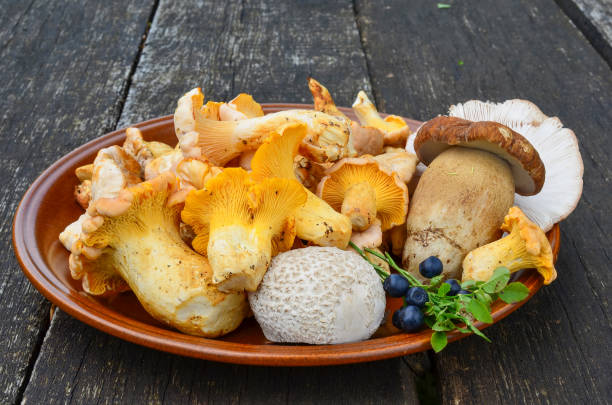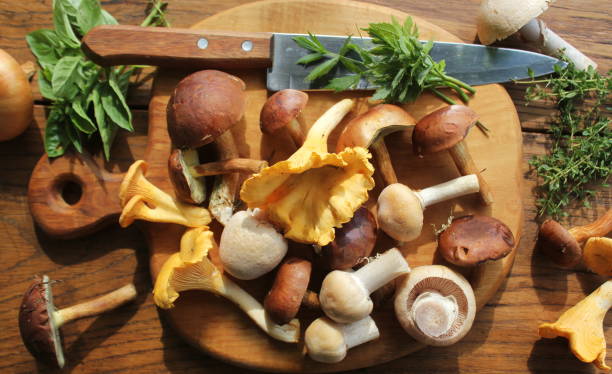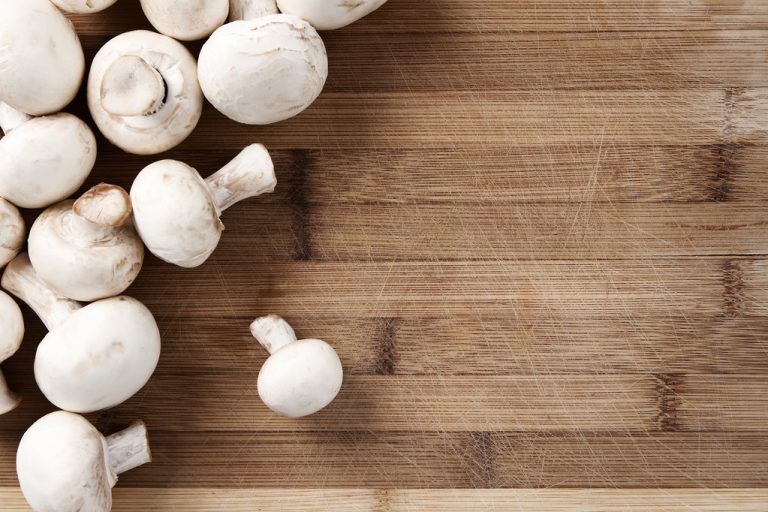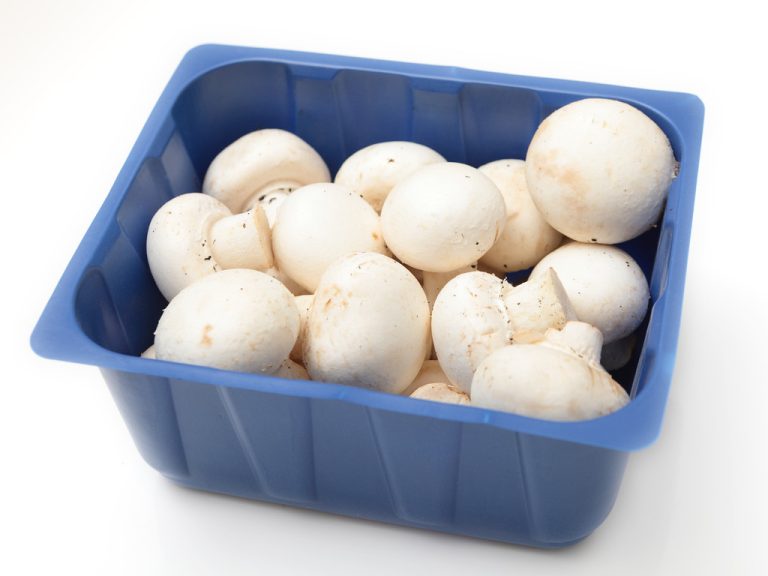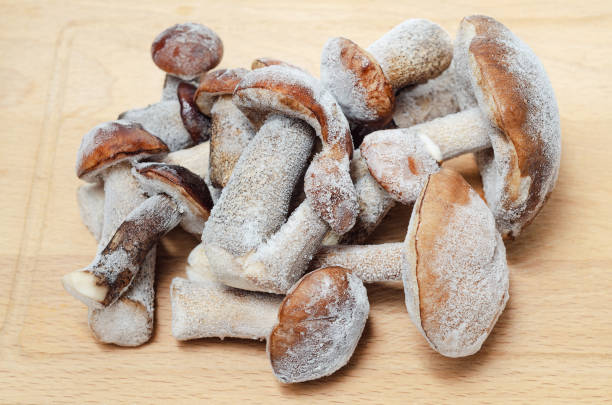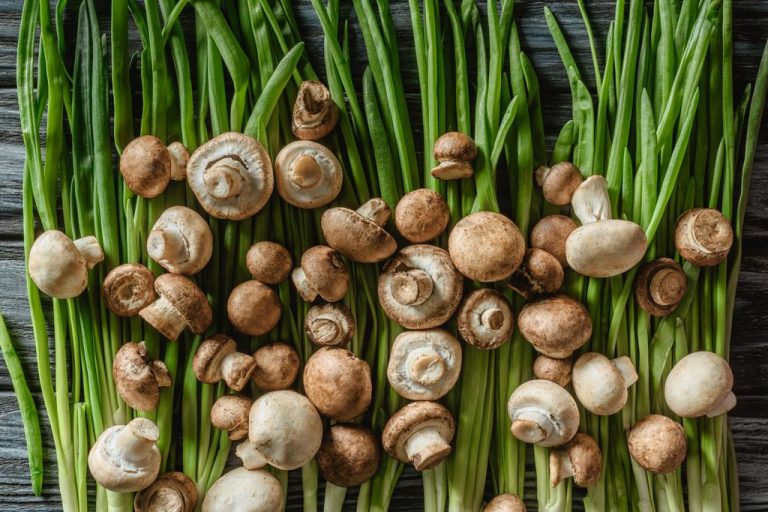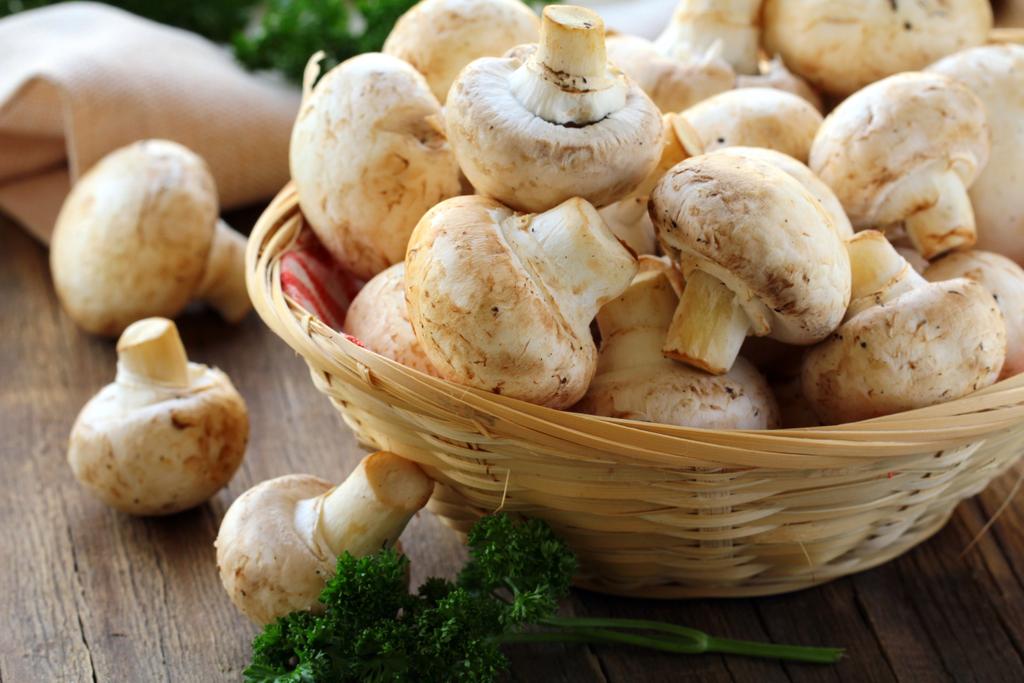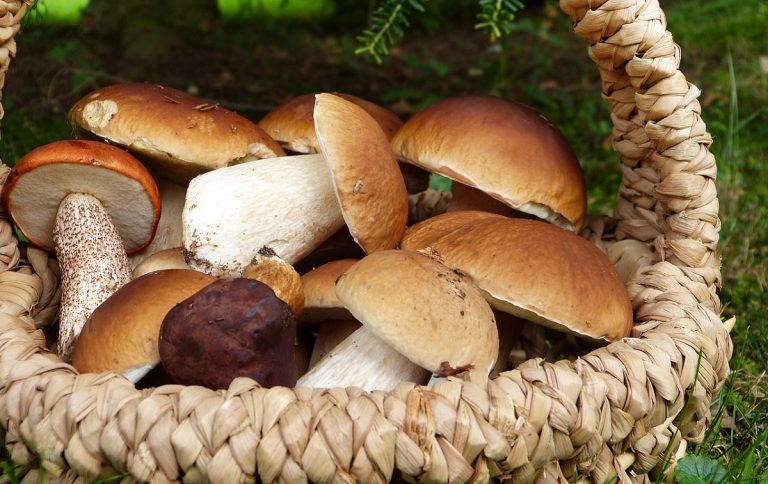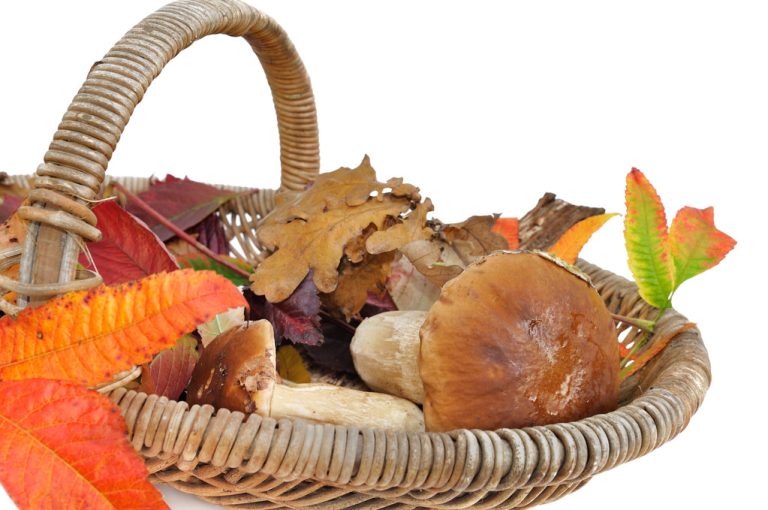Introduction: Polish culinary staples
Poland is a country known for its hearty and comforting cuisine, which often features a variety of root vegetables, grains, and meats. Three ingredients that are particularly important in Polish cooking are potatoes, cabbage, and mushrooms, all of which are widely used in traditional dishes. These ingredients offer a range of flavors and textures, as well as nutritional benefits. They are also easy to grow in the country’s temperate climate, making them readily available and affordable.
Potatoes: the backbone of Polish cuisine
Potatoes are a staple ingredient in Polish cooking and are used in a variety of dishes, including soups, stews, and dumplings. They are particularly important in the country’s most famous dish, pierogi, which are potato-filled dumplings that can be served boiled, fried, or baked. Potatoes are also used to make kartoflak, a potato cake that is similar to a gratin, and placki ziemniaczane, or potato pancakes, which are often served with sour cream or applesauce. In addition to their versatility and flavor, potatoes are a good source of vitamins and minerals, including vitamin C, potassium, and fiber.
Cabbage: a versatile and nutritious ingredient
Cabbage is another important ingredient in Polish cuisine and is used in a variety of ways, both cooked and raw. One of the most famous Polish cabbage dishes is bigos, a hearty stew that often includes meat, onions, and spices, as well as sauerkraut and fresh cabbage. Cabbage is also used in the popular side dish, kapusta, which is a sweet and sour braised cabbage that is often served with meat dishes. In addition to being flavorful and versatile, cabbage is also a good source of vitamin C, fiber, and other nutrients.
Mushrooms: a beloved autumn delicacy
Mushrooms are a popular ingredient in Polish cuisine, particularly in the autumn when wild mushrooms are abundant. One of the most famous Polish mushroom dishes is zupa grzybowa, or mushroom soup, which is often made with wild mushrooms and cream. Another popular dish is krokiety, which are fried crepes filled with a mixture of mushrooms and cabbage. Mushrooms are also commonly used in pierogi fillings, as well as in sauces and stews. They are a good source of protein, vitamins, and minerals, and are valued for their earthy, umami flavor.
Classic Polish dishes featuring potatoes, cabbage, and mushrooms
There are many classic Polish dishes that feature potatoes, cabbage, and mushrooms. Some of the most famous include:
- Pierogi ruskie: potato and cheese-filled dumplings
- Kotlet schabowy: breaded pork chop served with mashed potatoes and cabbage
- Golabki: cabbage rolls filled with meat and rice
- Schabowy z kapustą: pork chop with braised cabbage
- Bigos: hearty stew with meat, sauerkraut, and cabbage
- Zrazy: beef rolls stuffed with mushrooms and served with potatoes
Exploring creative and contemporary Polish cuisine
While traditional Polish cuisine has a strong focus on potatoes, cabbage, and mushrooms, contemporary chefs are exploring new and creative ways to use these ingredients. For example, some chefs are using potatoes to make gnocchi or latkes with non-traditional flavorings, while others are incorporating cabbage into salads or using it as a wrapper for sushi-style rolls. Mushrooms are also being used in innovative ways, such as in vegetarian burgers or as a meat substitute in stews and sauces. As Polish cuisine continues to evolve, these ingredients will remain an important part of the country’s culinary heritage.


